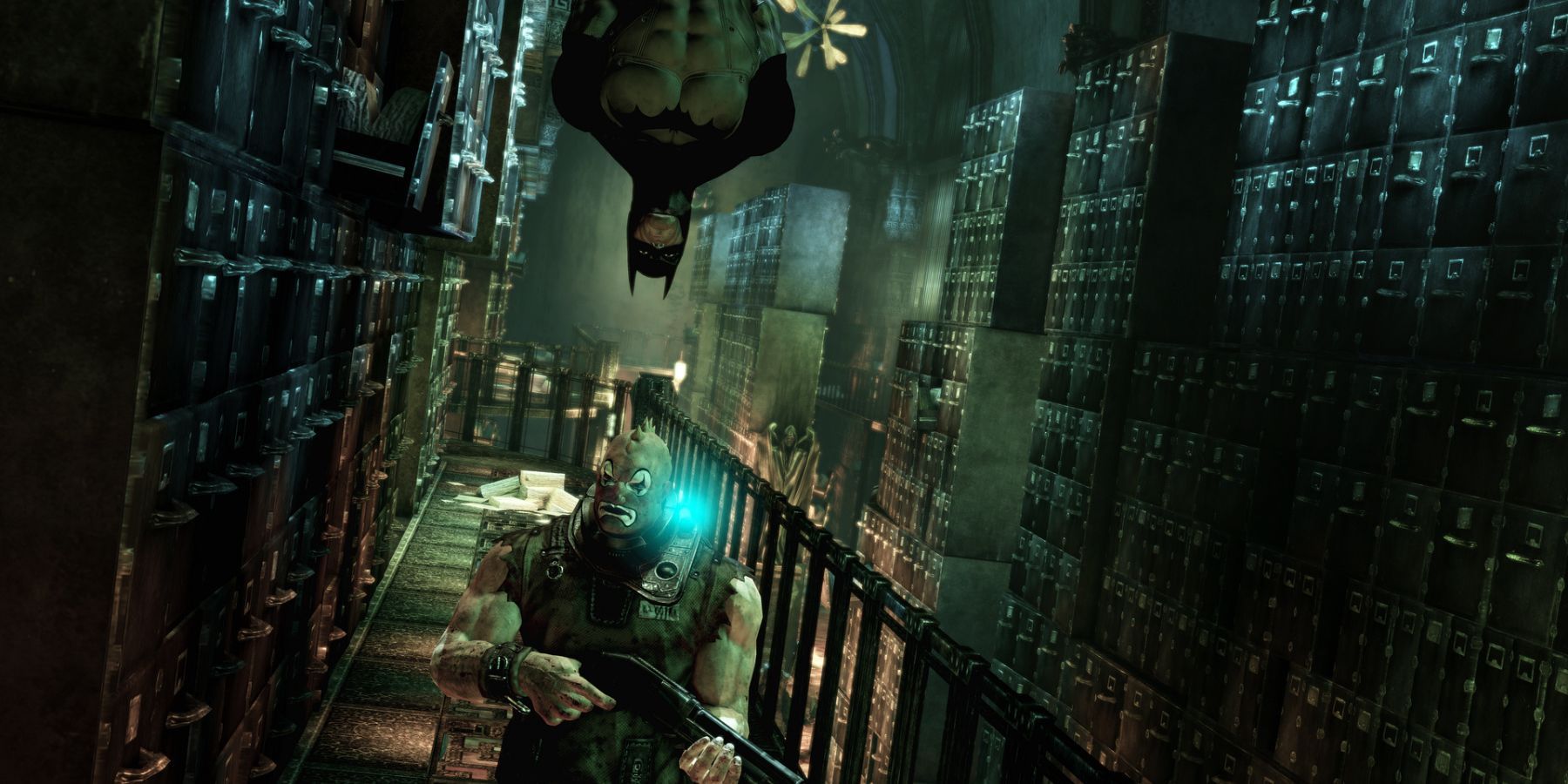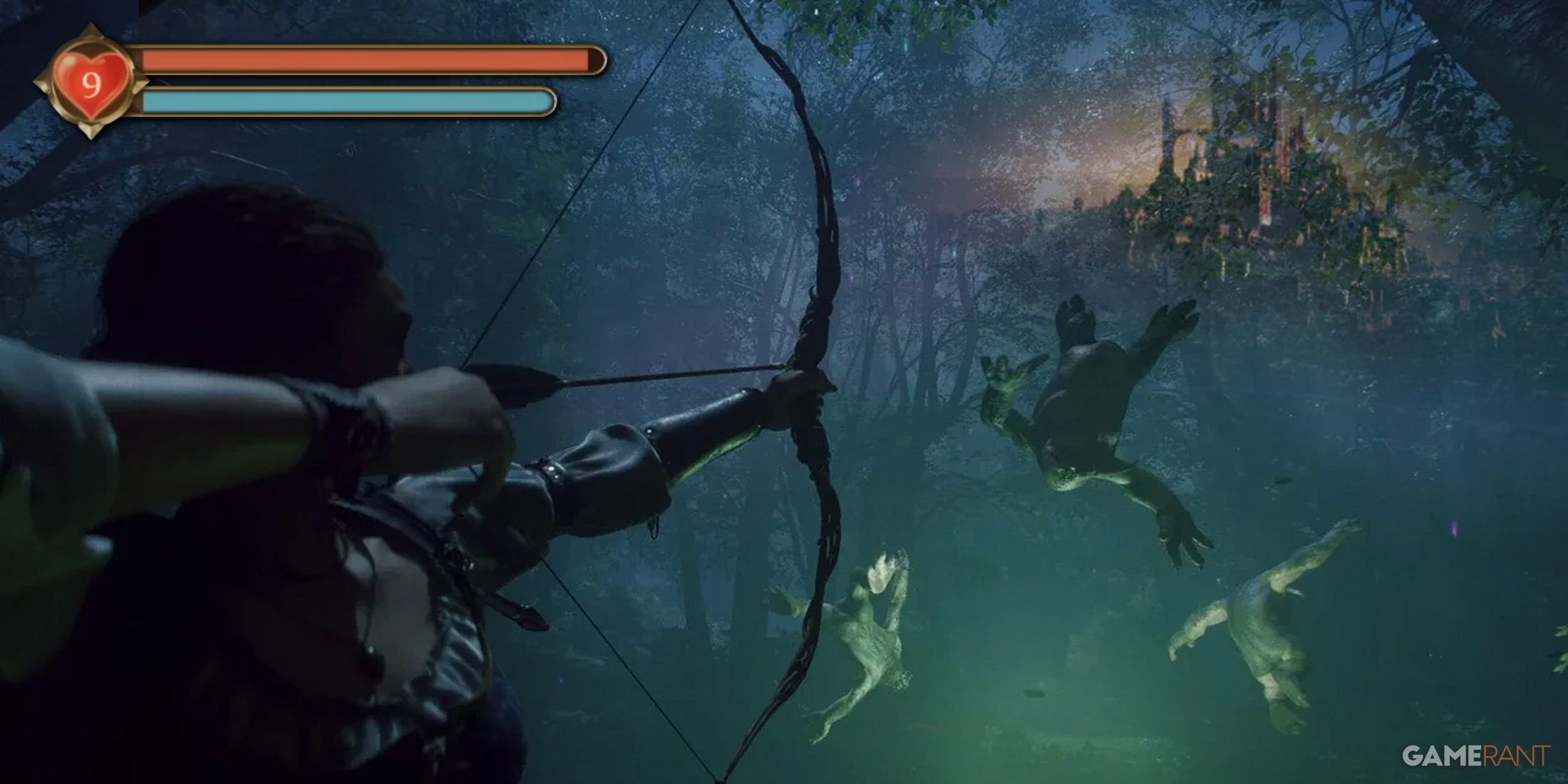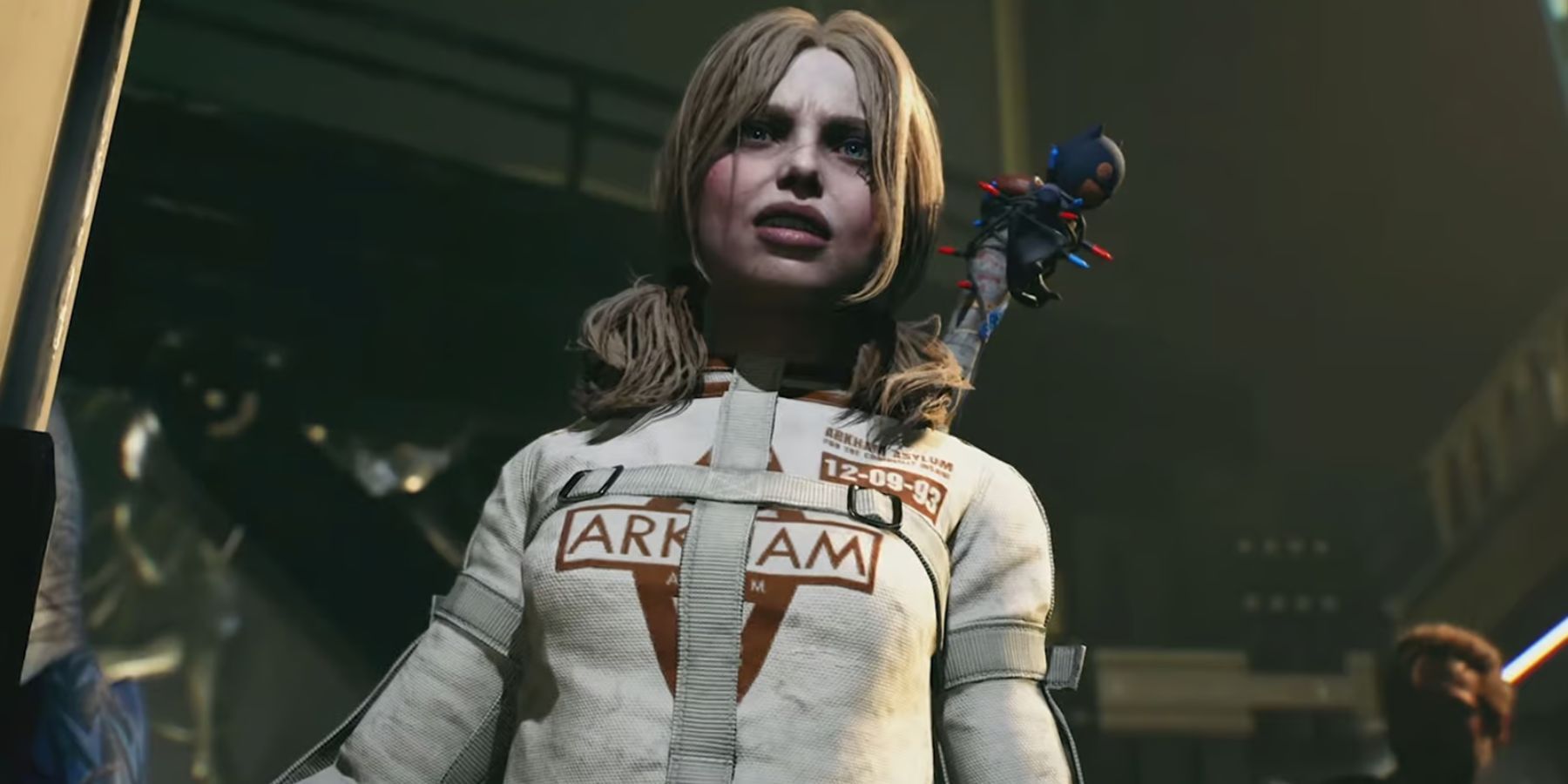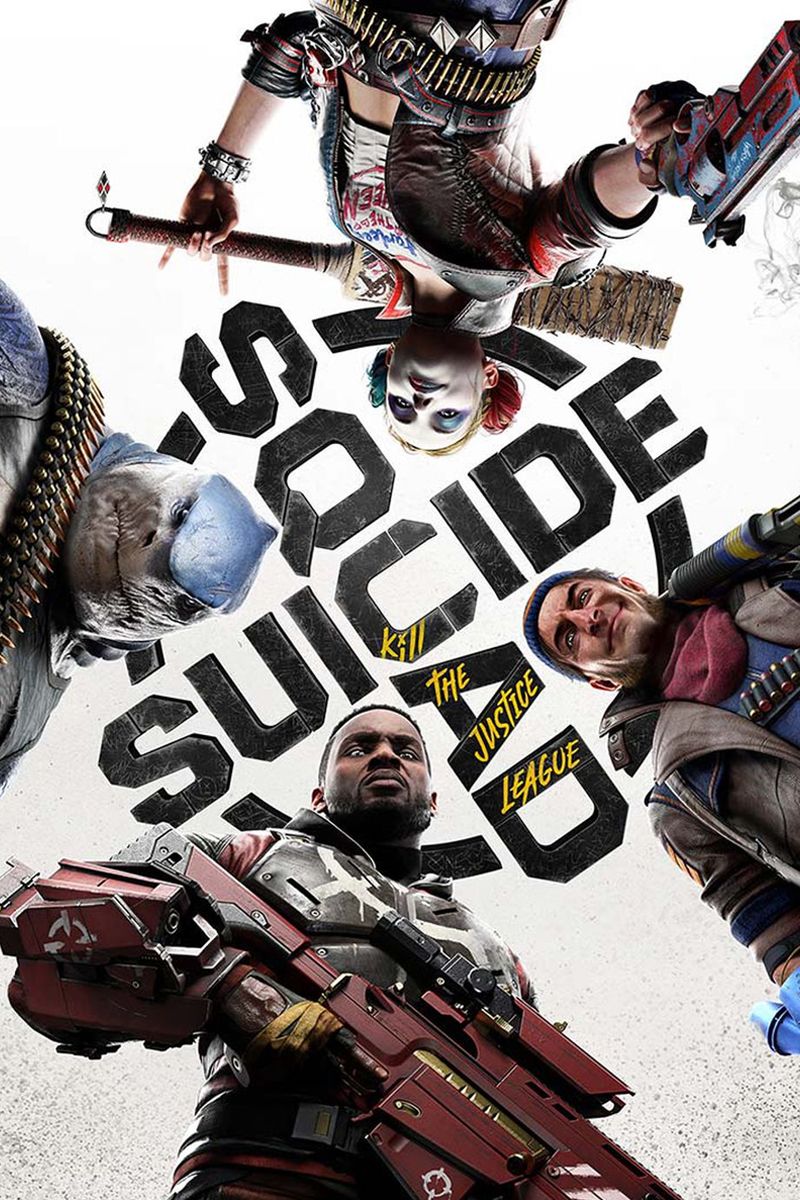Highlights
- Many open-world games have restricted areas or boundaries that limit player exploration, which can detract from the immersion of the game and leash players into tight, linear spaces.
- Suicide Squad: Kill the Justice League offers an immersive and satisfying way to warn players of boundaries.
- Leaving mission boundaries in Suicide Squad: Kill the Justice League can result in the player's character being violently decapitated, reinforcing the game's restrictions.
Many ‘open-world’ games enjoy branding themselves as having a legitimate open world when in actuality the spaces players may roam are often restricted. This is either done implicitly, such as having power scaling in different regions of the map that deter players from otherwise freely exploring a treacherously overpowered area, or explicitly, such as having hard boundaries to the map players collide into when they’re traveling too far from a specific mission’s parameters and are kept on a tight leash within. The latter is an instance that calls the ‘open world’ descriptor into question, even while taking part in a scripted quest.
Suicide Squad: Kill the Justice League is an open-world game, for example, and it is not without these kinds of explicit boundaries. It’s surely difficult enough to wrangle together four playable characters in an open-world design as ambitious as that of Suicide Squad: Kill the Justice League, and what Rocksteady’s done to achieve this is have players huddle together to initiate progression. It’s always unfortunate when players can’t simply run off wherever they’d like to, but thankfully Rocksteady has come up with the most immersive and gratifying way to express its explicit out-of-bounds warning.

Rocksteady’s Next Batman Game Should Return to Basics After Suicide Squad
Following Suicide Squad: Kill the Justice League, a simple return to Rocksteady's latest open-world Batman: Arkham blueprint may not be enough.
Suicide Squad’s Most Notorious Incentive is Honored in Kill the Justice League
Open-World Boundaries Often Have a ‘Turn Around’ Prompt
Even in games that don’t have open worlds, it’s far too often to see that a tiny degree of exploration results in hitting a hard boundary, let alone an NPC badgering the player for any reason. This is becoming increasingly common and while some boundaries are more implicit than others, it can erode the illusion of immersion quickly.
Now, in a game like Suicide Squad: Kill the Justice League, boundaries were always expected; the game is an always-online (for now) live-service title with four-player co-op in an open world city larger than Batman: Arkham Knight’s Gotham City, after all. Therefore, restrictions and limitations are obviously going to be apparent, whether players are initiating a new mission or simply engaging in content that they come across while freely traversing.
Because there are open-world activities like collecting Riddler trophies it seems assured that free-roam exploration will be available between main campaign missions, too. But veering away from scripted paths while on a mission thrillingly gets players’ chosen Task Force X members killed, and it isn’t as if they weren’t warned it could happen.
Kill the Justice League Decapitates Task Force X if Out of Bounds
Indeed, Suicide Squad: Kill the Justice League allows players to leave mission boundaries without a hard collision wall, although this might not always be the case and free-roaming gameplay at the edges of Metropolis obviously halts the player further.
Instead, the screen begins glitching and ARGUS warns the player to head back, lest their heads explode due to the bombs implanted in their necks at the start of the game. However, unafraid of displaying bloodshed, Suicide Squad: Kill the Justice League brilliantly and violently beheads the player’s character if they stay out-of-bounds too long and fulfills ARGUS’ strict promise of a swift death if players fail to obey Amanda Waller.
This goes a long way to being an immersive portrayal of these typically banal and disappointing boundary markers because it employs the one threat that has Harley Quinn, Deadshot, Captain Boomerang, and King Shark complacent in their suicidal quest in the first place. Players get to experience first-hand what happens if they try to disobey a direct order from ARGUS, and the literal boundaries the game doesn’t want players to pass are effectively reinforced without completely dissolving immersion in the process.




